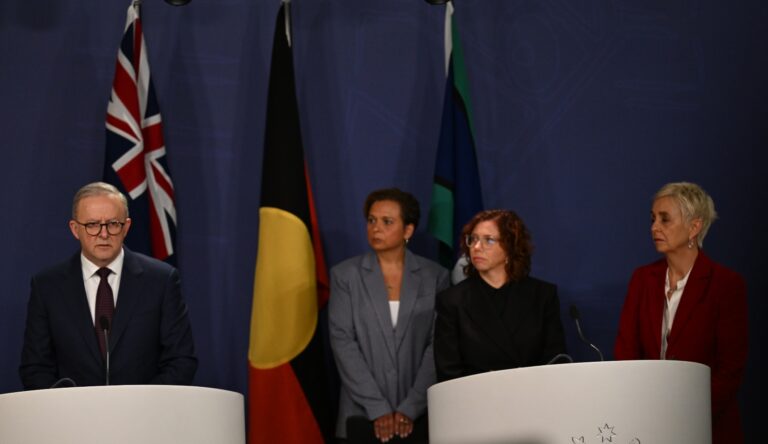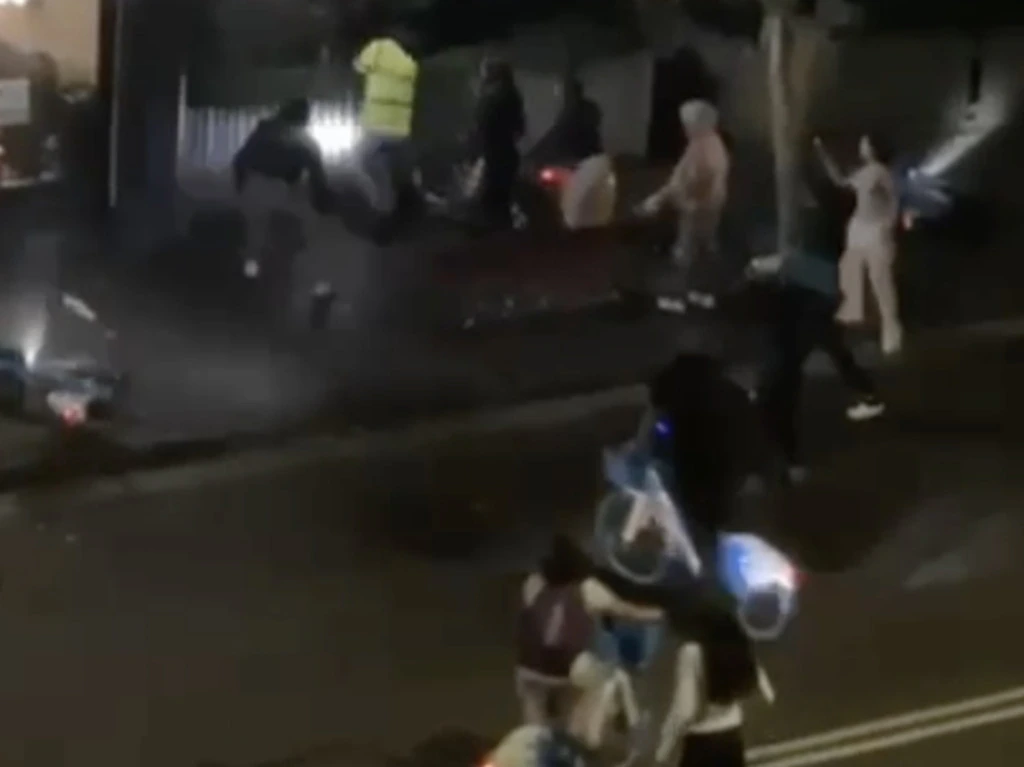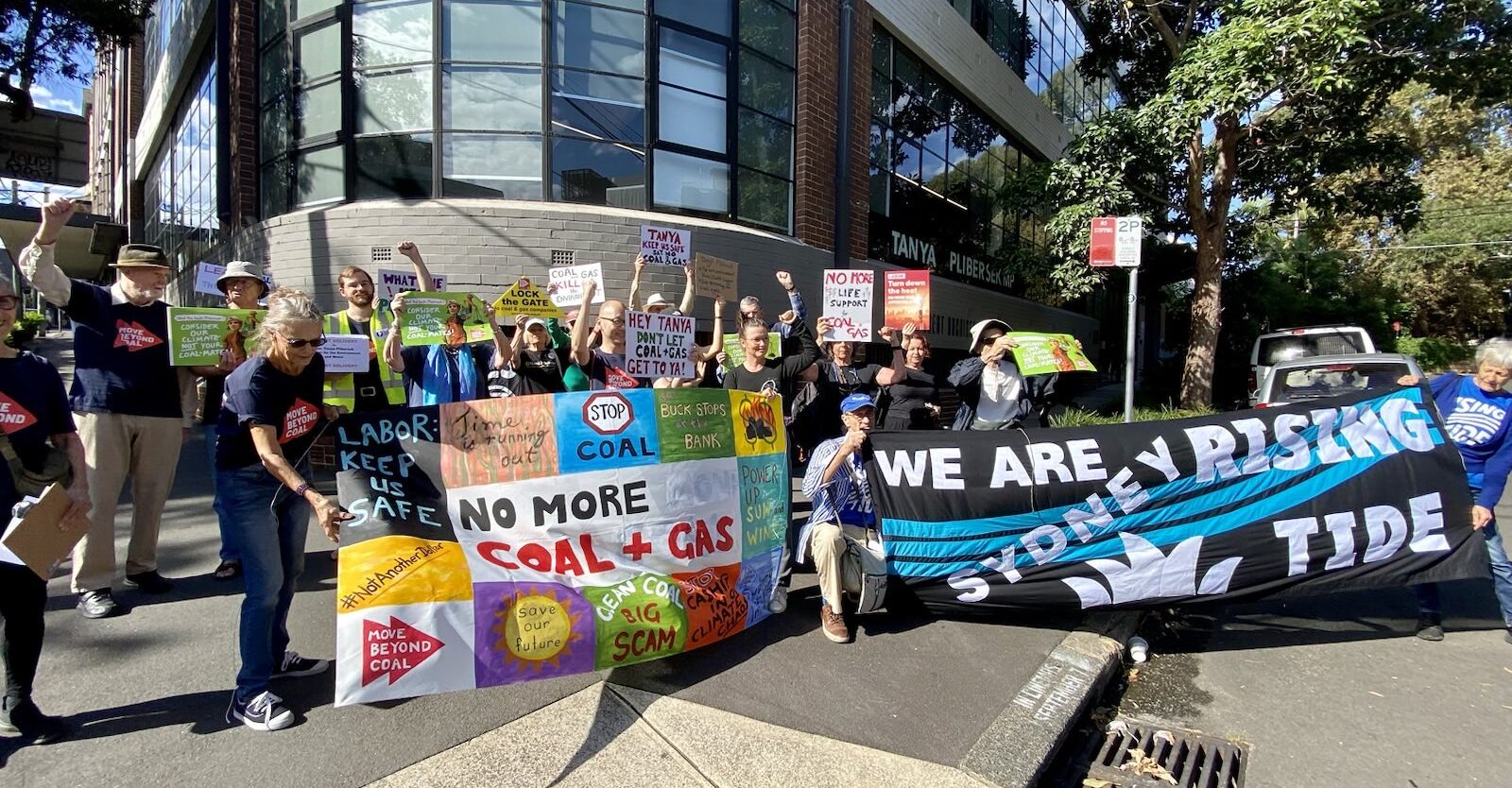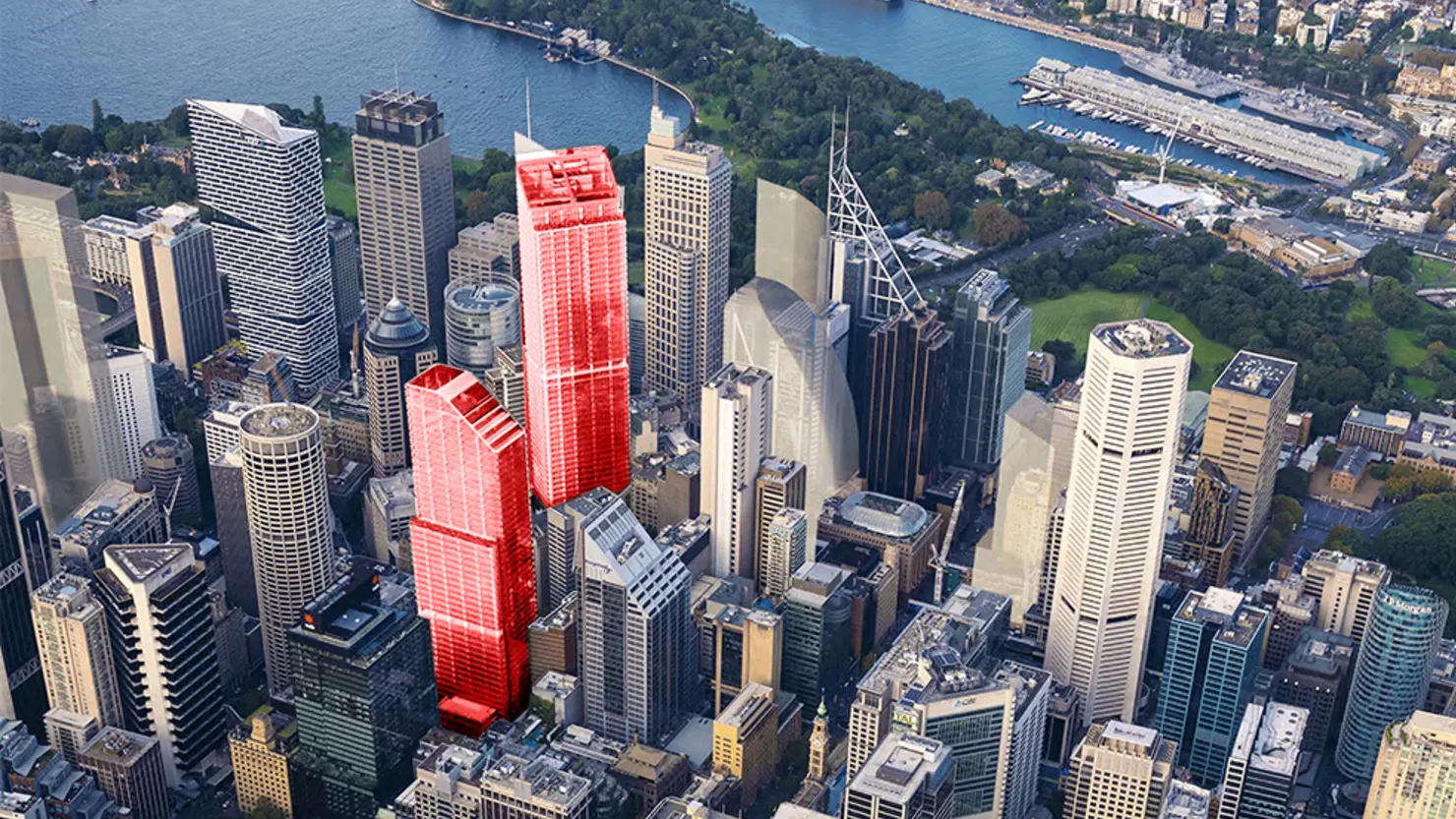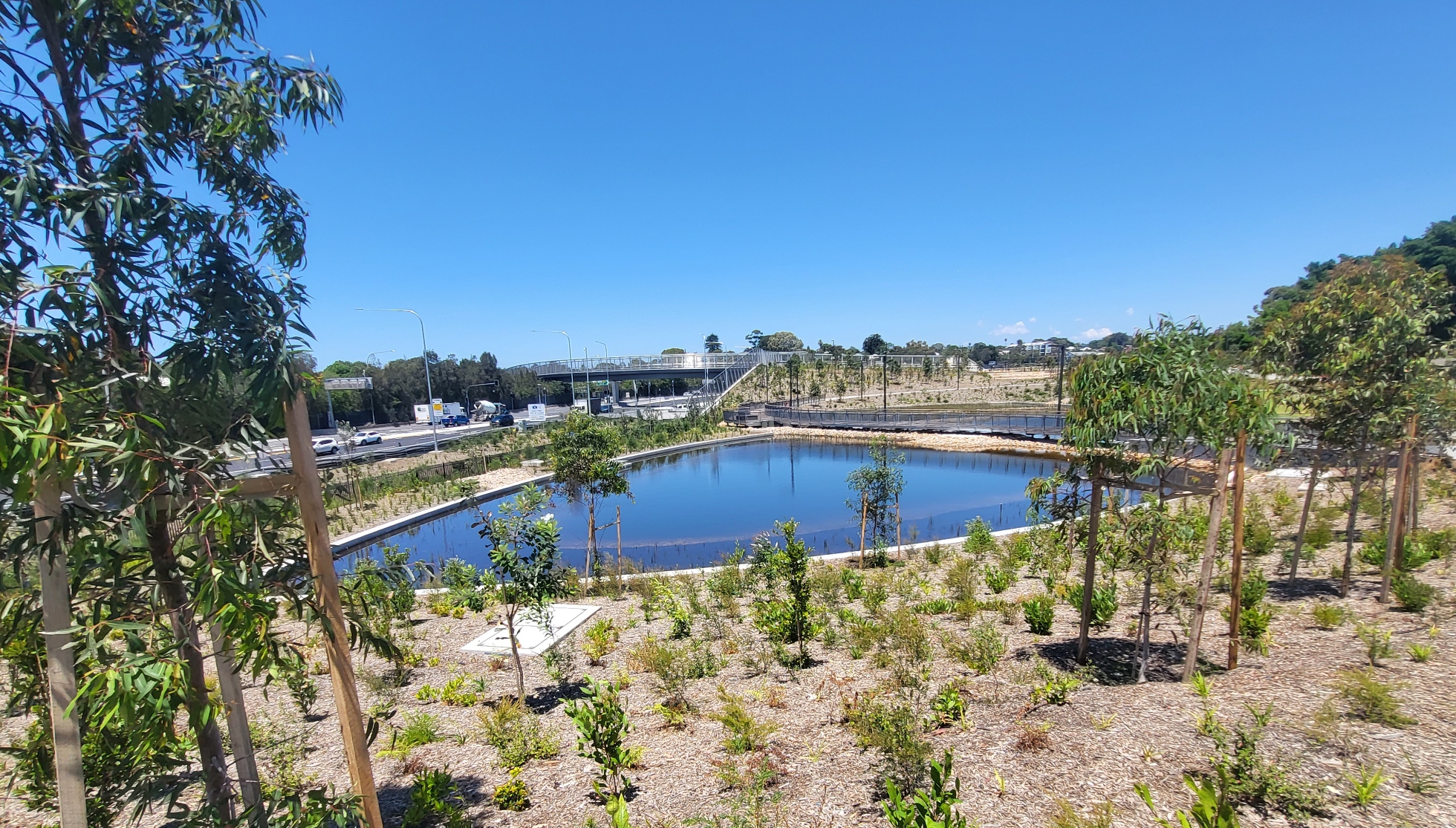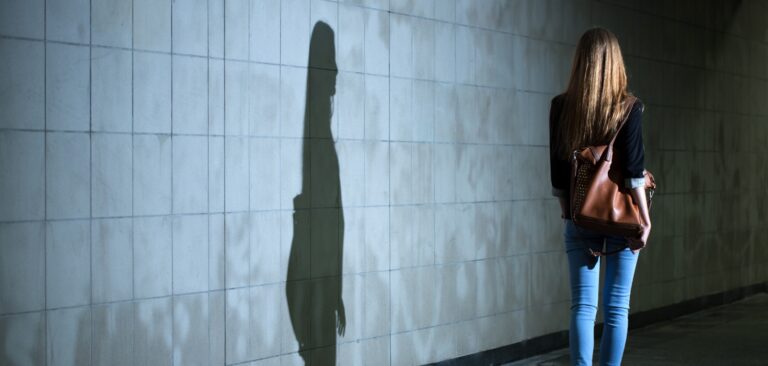
Schools’ concerns dusted over
BY WENDY BACON
Sydney Motorway Corporation (SMC) consultants have finally acknowledged that air pollution has been significantly worse this year at St Peters Public School than at nearby NSW Office of Environment and Heritage ( OEH) monitors at Earlwood and Chullora.
This information is contained in the latest monthly SMC reports of results from an air quality monitor that has been at St Peters School since 2015.
The [SMC Air quality report for August notes “PM2.5 and PM10 data for St Peters School site is consistently elevated compared with OEH stations nearby; this is suggested to be a contribution from nearby construction activity.” There is scientific evidence that PM is linked to lung and heart disease and cancer and can be particularly damaging to young children.
On August 3, the PM 10 and PM 2.5 exceeded national daily limits at the St Peters school monitor. The report notes that high levels were not recorded elsewhere and exceedance was likely due to construction activity. The St Peters community were not informed.
The Environmental Impact Statement that was used by NSW Planning to support its approval for the WestConnex Stage 2 St Peters interchange stated it was unlikely that there would be any significant impacts on air quality during construction and any impact that did occur would be temporary and mitigated.
This latest report will only further exacerbate the stress and concern of St Peters Public School community members who last week gave evidence at the NSW Parliamentary Inquiry into Impacts of WestConnex.
St Peters School Parents and Citizens WestConnex committee was represented by Dr Sarina Kilham. Parents and children from St Peters attended the session along with parents from Rozelle and North Shore schools, all of whom fear the impacts of proposed WestConnex Rozelle Interchange and the Western Harbour Tunnel.

Dr Kilham’s two children are among 180 attending St Peters Public School and Preschool. There is also a playgroup for younger children. Access to the school, by either car or on foot, is via one of six WestConnex worksites. Dr Kilham told the Inquiry that the school’s experience with WestConnex had been “overwhelmingly negative” and a “slow ripping apart of our community.”
“From the early days of demolition when children from our school lost their homes and friends were forced to move away, the social and emotional impact on the children who have left and the children who are left behind has been very profound,” Dr Kilham told the Inquiry. “I have heard stories of five-year-olds packing their toys into a special bag because they were worried that WestConnex would come and take their home too.”
She described the dilemmas confronting parents, some of whom have no choice but send their children to the school, which is otherwise highly regarded. Some parents fear that if they speak out about the impacts of WestConnex, even more families will turn away from the school, which they are told by other parents could threaten its very existence.
Dr Kilham said streams of Facebook discussions revealed prospective parents are reluctant to send their children to St Peter’s Primary School “based 100% on WestConnex and air pollution”.
“It leaves those of us with children at St Peters Public School wondering if we have done, and indeed if we are doing, the right thing by our children,” said Dr Kilham.
“The loss of friends has not only been through forced acquisitions but also those families who have decided they cannot live through the construction, the dust and the long-term implications of their children being exposed to high levels of air pollution and knowing the impacts of this on young children’s health,” Dr Kilham told the Inquiry.
In 2017, there were several months of severe odours caused by leachate gas escaping from the St Peters Interchange construction site, which was previously a landfill. The foul-smelling air floated across the school. Dr Kilham told the Inquiry that during this period when the gas was bad, the principal kept the children indoors “so that they did not have to breathe that gas in.”
On some occasions, Dr Kilham withdrew her daughter from the school and left the suburb for the whole day. “I was not going to send her to school with leachate gas going through the school, and I certainly was not going to stay at home because my little terrace house, which was built in 1875, does not offer much protection against leachate gas either.”
In 2015, SMC promised to supply the school with the air quality data but never did so. “The point is that at the moment we do not have a choice about what we do because we do not have the data. If we did have the choice, it would still be a problem, but it puts us one foot ahead,” she told the Inquiry.
Although she acknowledged that there was no scientific evidence that the pollution was causing illness, she described “anecdotes of children having more frequent asthma attacks, of children who did not previously have asthma starting to have asthma. We are having parents talk about children being diagnosed with dust allergies and coming home from school itchy,” Dr Kilhem told the Inquiry. This accords with evidence given by Haberfield School parents earlier in the Inquiry about children developing asthma after WestConnex construction began.
City Hub has previously reported a case of a three-year-old child at St Peters preschool who has had pneumonia twice.
Dr Kilham tabled evidence showing that the school community had flagged its concerns many times with the NSW government, RMS and SMC. “We are not getting anywhere,” she told the Inquiry.
There was an agreement in 2016 that there would be no heavy vehicle movement during school drop-off and pick-up hours. “That happens on a daily basis,” she told the Inquiry.
There was a promise of mental health support when children had to live through the demolition of homes close to the school. “That did not eventuate.”
“We were promised best practice with regards to dust suppression but the school was blanketed in dust….there was the asbestos issue with demolition. The children had to walk past that to get to school. The footpath next to the demolished houses with the asbestos stuff flapping in the wind was the main way that you had to go to school.” Evidence of exposed asbestos has been provided to the Inquiry by St Peters residents.
In other submissions to the Inquiry, parents stressed loss of sleep due to night work, inconsistent offers of alternative accommodation and noise mitigation, and safety concerns due to illegal vehicle movements and broken footpaths.

Map of St Peters Public School and ventilation stacksventilation stacks within 500 metre zone. Photo: Luke Bacon
The New M5 tunnel will open in 2020 but if Stage 3 goes ahead there will be nearly three more years construction at St Peters, although it will not be as close to the school as the Stage 2 construction. After the massive interchange opens, more traffic will pass less than a block from the school and two unfiltered ventilations stacks will operate less than 500 metres away.
Dr Kilham acknowledged that parents have no choice but to put on a “brave face for our kids. She added that “staff of the school, the preschool, the playgroup volunteers are wonderful— if you’re looking for an election day sausage sizzle, the P&C at St Peters Public School does some of the best sausages in town—but the ongoing impact of the construction phase, the looming disaster of the unfiltered emission stacks and the loss of trust cannot be emphasised enough.”
